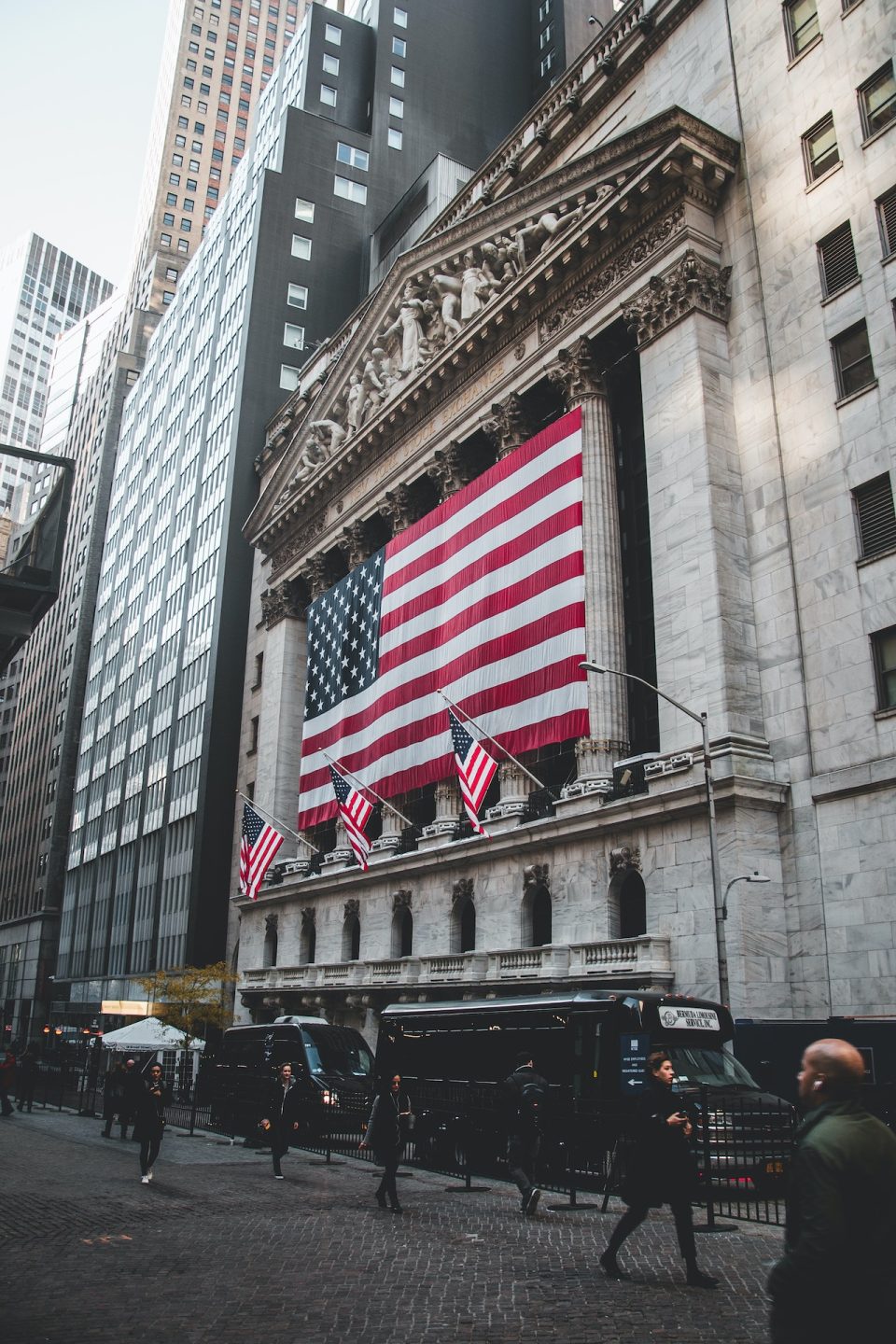The US bond market experienced a renewed selloff on Monday, driving 10-year yields to a level not seen in 16 years, as investors brace for the likelihood of sustained elevated interest rates even after the Federal Reserve concludes its series of rate hikes. Amid a backdrop of diminishing economic concerns and an increase in Treasury debt supply, both typical Treasuries and those offering inflation-adjusted payouts witnessed significant yield upticks.
The 10-year real yield, which factors in inflation, displayed a marked surge from around 1.5% in mid-July and slightly above 1% earlier this year. In Monday’s trading, the 30-year real yield escalated by 6 basis points, reaching 2.15%. However, trading volume in the Treasury market was recorded at 75% of its usual activity, which could have potentially amplified the price movements.
Market experts and analysts are gearing up for a potentially hawkish tone from Federal Reserve Chair Jerome Powell’s anticipated address this Friday at the central bank’s annual symposium in Jackson Hole, Wyoming.
“The technical indicators align with the bond bears,” stated Andrew Brenner, the Head of International Fixed Income at NatAlliance Securities. He added that, despite the current slow and illiquid holiday period in August, the prevailing expectation is that Powell will adopt a hawkish stance.
Investor focus remains trained on the forthcoming auctions of 20-year bonds and 30-year Treasury Inflation-Protected Securities (TIPS) as potential indicators of whether the ongoing selloff is approaching a turning point or if further downward movement is still possible.
This market trend underscores the resilience of the US economy, prompting investors to prepare for an extended period of elevated interest rates even after the Federal Reserve concludes its tightening cycle. Yields have surged across various Treasury categories, including those designed to hedge against inflation. The ascent of the 10-year real yield from its mid-July levels indicates a potential shift away from the era of ultra-low rates that followed the financial crisis.
The surge in yields contrasts with the swaps market’s prediction that the Federal Reserve has likely concluded its rate hikes and might even move towards policy easing in the coming year. This divergence highlights the complexity of current market sentiment.
Analysts are closely monitoring Federal Reserve Chair Powell’s upcoming address for any indications of the central bank’s monetary policy direction. Furthermore, the auctions of 20-year bonds and 30-year TIPS are poised to provide insights into whether the current selloff is nearing its end or has further room to unfold.
Zachary Griffiths, Senior Fixed-Income Strategist at CreditSights, noted that the recent surge in yields has been driven primarily by heightened expectations of Federal Reserve policy rate increases and improved growth projections. The increase in breakeven inflation expectations has been marginal in comparison.
Attributing the sharp increase in yields to a combination of increased Treasury debt supply due to substantial federal budget deficits and diminishing recession concerns, investors are bracing for a new reality of prolonged elevated rates.
Griffiths highlighted, “The sustained better-than-anticipated economic data has us contemplating a new reality that we haven’t experienced for quite some time, where rates could potentially remain significantly higher for an extended period.”
The ongoing upheaval in the US bond market suggests a fundamental shift as market participants prepare for a protracted period of higher interest rates. Against the backdrop of the Federal Reserve’s concluding rate hikes, Powell’s impending speech at Jackson Hole holds significant significance, as does the upcoming bond auctions that could shed light on the trajectory of the ongoing selloff.
Source: Bloomberg

